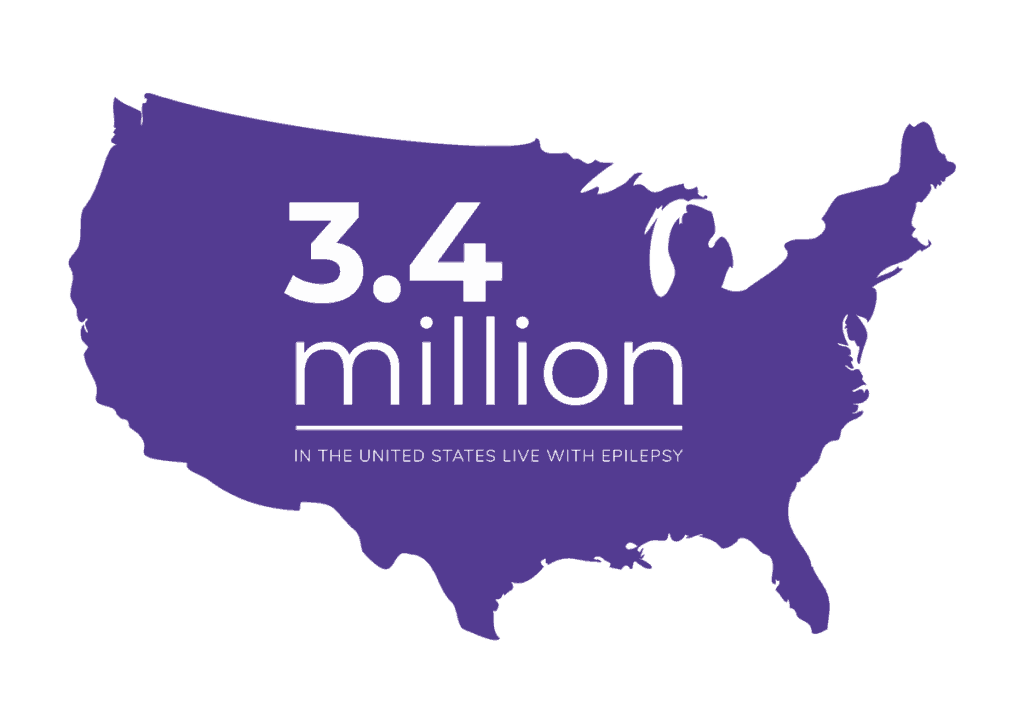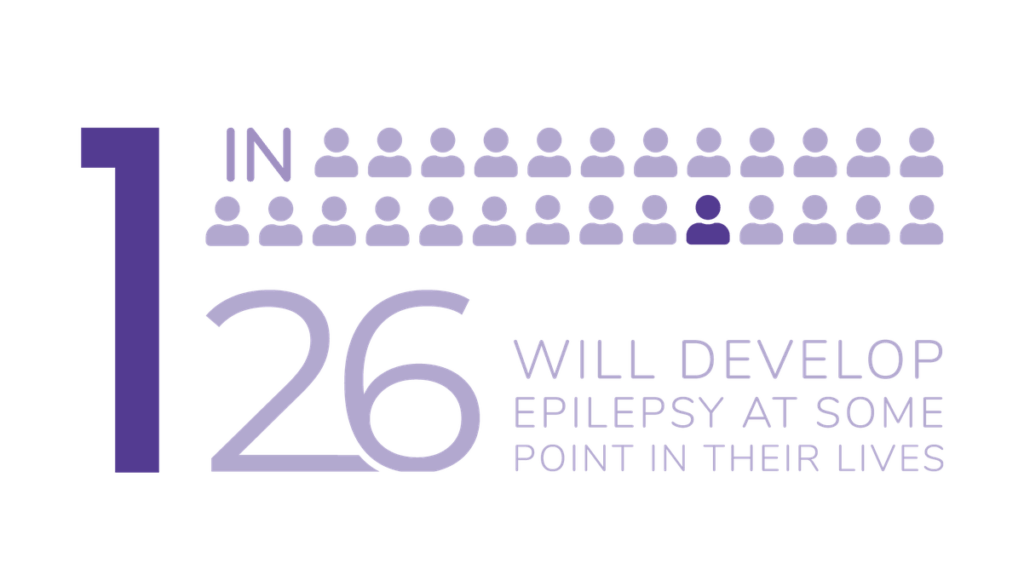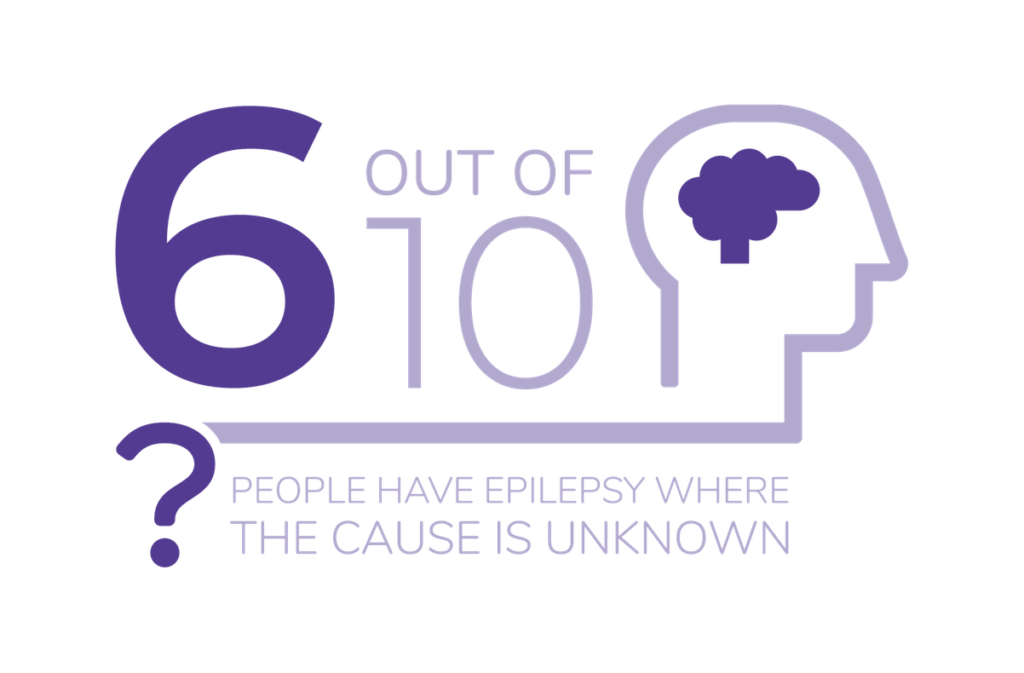The Pulse
Epilepsy Awareness Month: Facts & Figures
Category: Healthcare Industry
Epilepsy Awareness Month: Facts and Figures
In a nutshell:
- Epilepsy Awareness Month held in November
- First recognized in 1969 by Epilepsy Foundation
- Formally declared through Congressional resolution in 2003
Throughout the month of November, organizations across the United States will be recognizing National Epilepsy Awareness Month.
The Epilepsy Foundation has celebrated National Epilepsy Awareness Month since 1969. In 2003 Congress passed a formal resolution declaring November as National Epilepsy Awareness Month.
It is part of an effort to ensure the public knows that anyone can live with epilepsy.

Epilepsy is the fourth most common neurological disease in the nation. A person is diagnosed as living with epilepsy after having at least two seizures that were not caused by a known medical condition.
The Epilepsy Foundation reports that each year, 150,000 more people are diagnosed with epilepsy. Over a lifetime, one in 10 people will have a seizure and one in 26 people will develop epilepsy.
One-third of people that live with epilepsy have uncontrollable seizures as there is no available treatment that works for them. Treatment options include medications, diet changes, surgery, and neurostimulation devices.

Despite its widespread prevalence, epilepsy continues to be misunderstood by the general public and underfunded in research initiatives.
Epilepsy can affect people in many different ways. There are many causes and many different kinds of seizures. Some people may have multiple types of seizures or other medical conditions in addition to epilepsy.
Epileptic seizures are caused by disturbances in the electrical activity of the brain. The seizures may be related to a brain injury or a family tendency, yet most of the time the cause is unknown.
There are a variety of symptoms that can happen during a seizure. Some involve movement and some do not. Seizures with motor symptoms include sustained rhythmical jerking, muscles becoming weak or limp, muscles becoming tense, brief muscle twitching, full-body spasms. Minor motor symptoms include clapping or rubbing of hands, lip-smacking, and chewing.
Seizures with non-motor symptoms include changes in sensation, emotions, thinking, cognition, gastrointestinal sensations, and waves of temperature changes.
All of these factors play a significant role in determining the severity of the person’s condition and the impact it has on his or her life.

The Epilepsy Foundation highlights the importance of seizure first aid, in which the general first line of response when a person has any type of seizure is to provide general care and comfort and keep the person safe.
Antiquated actions in responding to someone having a seizure, which should not be done, are putting an object in the person’s mouth or restraining the person.
The main seizure first aid responses the Foundation recommends can be summarized as:
- Stay
- Safe
- Side
However, The Epilepsy Foundation reminds the public that it still may be important to call for professional medical assistance depending on the nature of the seizure.

The Epilepsy Foundation has a few social media campaigns to educate the public and help those living with epilepsy improve their health and their lives.
You can follow the campaigns with #StaySafeSide and #NEAM2019.
Keep the conversation going! Follow Intiva Health on Twitter, Facebook, and Instagram.